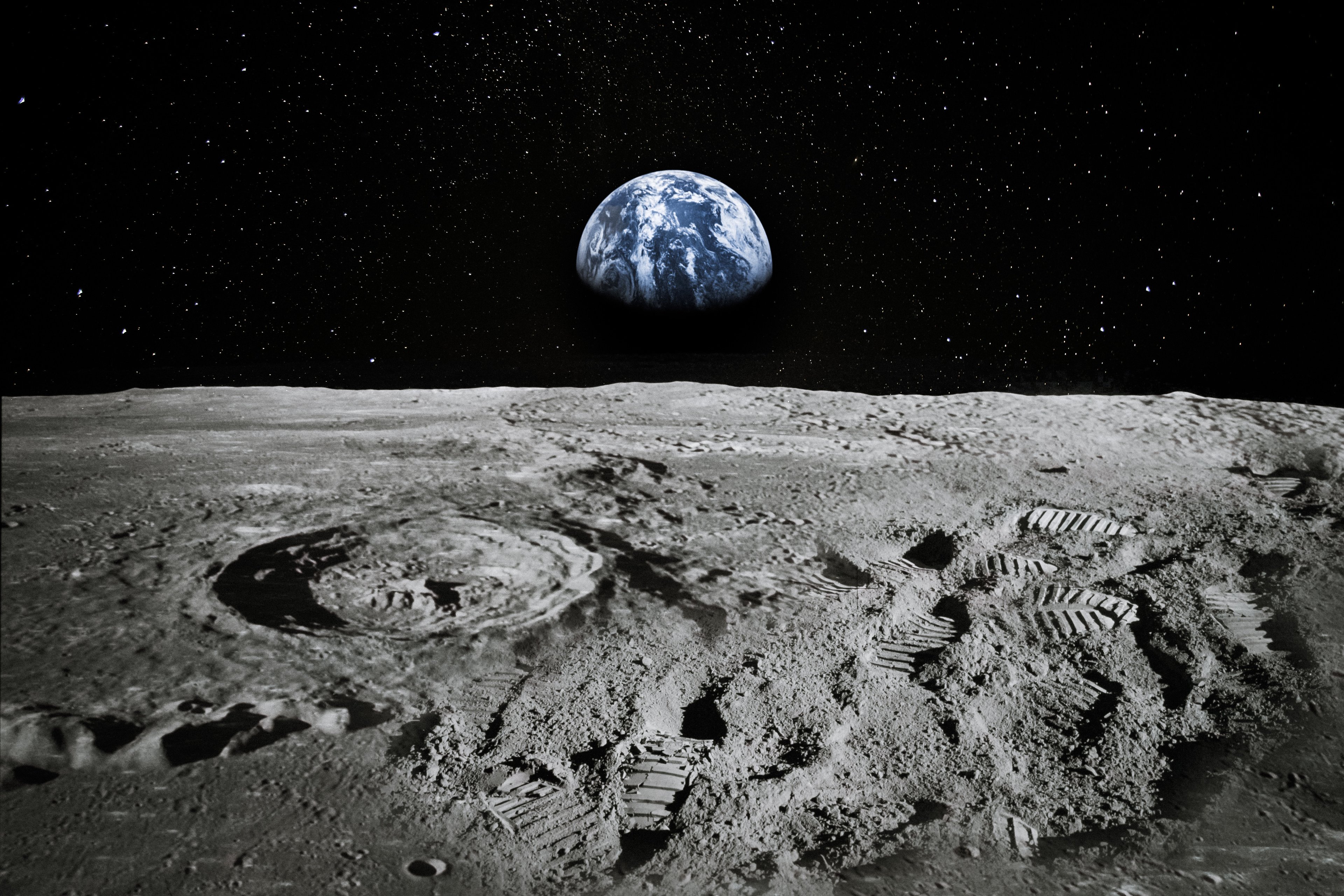
Before and after pictures of the damage incurred by the Sentinel-1A satellite. Image source: European Space Agency.
Seven years ago, a defunct Russian military satellite made headlines by running headlong into a satellite operated by Iridium Communications (IRDM +4.26%) and smashing it to smithereens.
Since that date, there have been multiple close calls, near misses, and actual satellite fatalities recorded in orbit. Here's the latest: On Aug. 31, the European Space Agency (ESA) noticed an anomaly on data coming from its Sentinel-1A radar imaging satellite.
Now, Sentinel-1A has only been in orbit for a couple of years -- hardly enough time for things to start breaking down on their own. So when ESA was alerted to a "sudden power reduction," combined with a change to "the orientation and the orbit" of the satellite, this naturally piqued their interest. Flipping on the sat's onboard cameras, they were startled to discover a 40-centimeterwide dent in its solar array (pictured above).
Anybody catch the license plate on that meteor?
ESA has only had a few days to examine the evidence so far, but initial indications are that the satellite's solar array was pierced from the rear by a flying piece of orbital debris -- space junk -- or perhaps a "micrometeoroid" of nonterrestrial origin. Either way, ESA's best guess is that the perpetrator of this crime was traveling at a high rate of speed but was no more than "a few millimetres" in diameter itself.
When you think about it, that's kind of worrisome. One particle of random space junk, moving at high speed, put a dent in Sentinel-1A roughly 100 times the particle's own size. And it gets worse.
On Sept. 7, roughly a week after the impact was first reported, U.S. Strategic Command's Joint Space Operations Center reported that it has detected five "small" pieces of debris in the vicinity of Sentinel-1A, which are all thought to have been created "due to Sentinel 1A['s] small particle impact."
These latter pieces of debris were not detectable prior to the impact because, as ESA points out, "only objects greater than about 5 cm can usually be tracked and, thus, avoided by manoeuvring the satellites." The fact that debris is detectable now, therefore, suggests that the original impact with Sentinel-1A created five new pieces of space junk, each five centimeters or more in size.
The Kessler effect
Put another way, not only did the original piece of space debris cause damage 100 times its own size, but it also created five new bits of cosmic flotsam, each more than 10 times the original perpetrator's own size -- and each with the potential to cause damage 100 times their own size to other spacecraft!
In astrophysics, this phenomenon is termed the "Kessler effect." One collision between space objects not only damages the objects involved (and in greater proportion than the size of the objects involved) -- it also creates an exponential number of new pieces of space junk, each with the capability of causing additional disproportionate harm to other objects.
Lather, rinse, and repeat until Earth's orbit has been transformed into a floating junkyard.
So what's the solution? And why should investors care?
In fact, we're already well on our way to that scenario. The U.S. Air Force is currently aware of 20,000 (rather large) items of "space junk" in orbit. But NASA estimates that the total population of orbiting pieces of space junk marble-sized or larger is closer to 500,000.
Now, time will fix some of this. As Jim Cantrell, CEO of microsatellite launch service Vector Space Systems, told me recently, space junk in low Earth orbit will, over time, be slowed down by contact with Earth's atmosphere, lose velocity, fall back to Earth, and burn up in the atmosphere. The higher up the debris is, though, and the faster it's moving (and the more destructive potential it has from those higher speeds), the longer it takes for "the Earth herself [to clean up] with atmospheric drag."
That's why the Air Force has hired Lockheed Martin (LMT +4.72%) to construct a "space fence," consisting of Earth-based S-band radars tasked with detecting, cataloging -- and warning space companies to avoid -- orbital debris. Once complete in 2018, this $2.5 billion project will be able to detect, track, and characterize 200,000 items -- 10 times what the Air Force is currently capable of detecting. (That will still be only 40% of the threat, but it's a start, and Lockheed has plans to tighten its fence even further in 2021.)
At the same time, over at ULA, both Lockheed Martin and Boeing (BA +3.15%) are working to build a "space truck" service of utility spaceships in orbit. In conjunction with detection data from the space fence, one potential use of these ships would be cleaning up some of the space junk currently circling the globe.
It's a big job, but consider the cost of not doing it: Sentinel-1A cost Europe $384 million to put in orbit, but one misaimed piece of space junk threatened to trash that entire investment. As ESA's close call with a mere millimeterswide piece of space junk showed us last month, this is a job that's worth doing.
And with billions of dollars' worth of Air Force contracts on the line, it's a job that America's space tech firms will be happy to perform.







